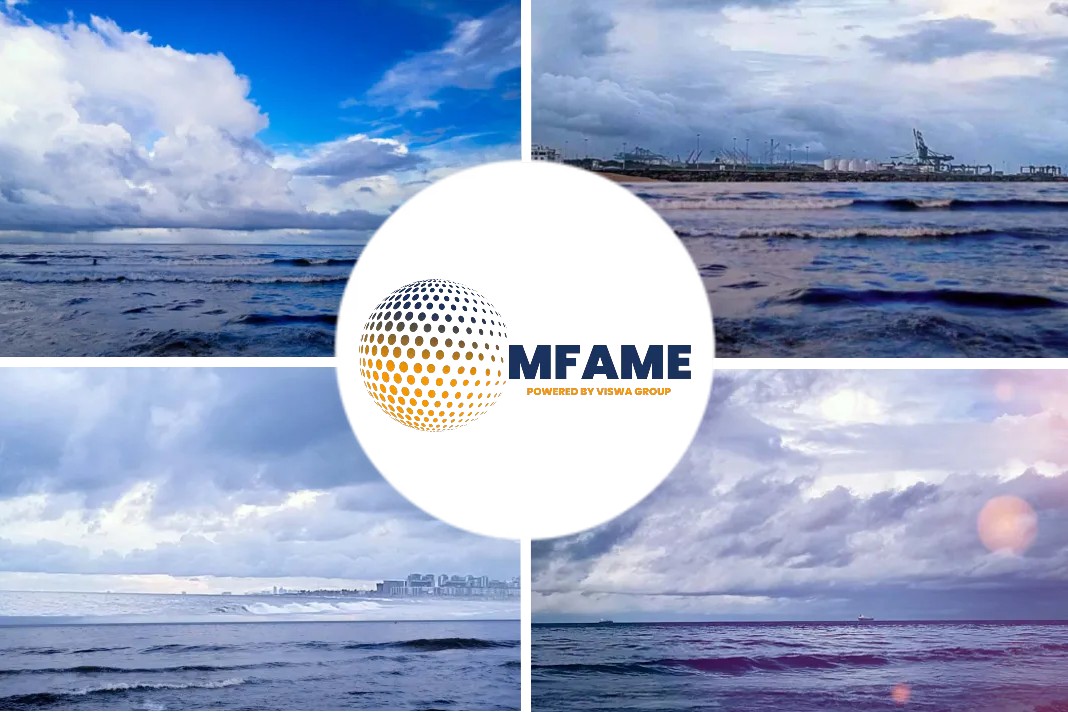The IMO 2020 sulphur regulation is less than 6 months away and shipowners are scrambling to install scrubbers or switching to viable fuel alternatives such as LNG. However, despite such urgency, the most valuable insight on scrubbers installations are often missed by shipped owners and that’s why you need a good scrubber’s specialist to help you in the process. Keeping this in mind, the Lloyd List has formulated a know-how on scrubbers installations – a comprehensive guide on choosing the correct scrubber’s specialist.
Here’s an excerpt from it to enlighten our readers to make the right choice.
The Scrubber Market Growth
Before we embark on knowing the important aspects of scrubbers choice let us first have an insight on how the scrubbers market has evolved in the past 3 years, in the run upto IMO 2020.
Three years ago, Exhaust Gas Cleaning Systems Association (EGCSA) director, Don Gregory, predicted significant growth in scrubber orders leading up to 2020. This forecast, however, was at a time when the industry was still unconvinced that IMO 2020 would go ahead on time.
- Those uncertainties have long since evaporated, and scrubber orders have exceeded all expectations. Scrubber uptake quadrupled in 2018.
- Around this time last year, just over 500 scrubbers had been installed or ordered.
- By the end of 2019, 3 500 vessels are expected to have scrubbers.
With such radical growth, shipowners are right to have questions about how their scrubber needs will be satisfied. But scrubber suppliers are not made equal. There are three things every owner should consider when choosing a scrubber specialist.
1. Capacity of Quality Scrubbers Delivery
Can your scrubber supplier get the job done on time and to the requisite quality? Customers need to be aware of potential bottlenecks in the scrubber pipeline. The exhaust gas cleaning industry has seen tremendous expansion in both manpower and manufacturing facilities worldwide, but the recent ramp in demand has been sudden and extreme.
New companies have entered the market to cash in on the glut, and many smaller outfits have benefitted from the overflow in orders. However, established businesses have reported increasing production by several hundred percent, and it is these major players that offer owners the highest security.
Pacific Green Technologies (PGT), for example, secured greater market reach and significant engineering capacity through its 2017 joint venture with PowerChina, the massive Chinese state-owned utility company with $50bn revenue. Scott Poulter, executive director of PGT says: “With our patented technology and production capacity, we are uniquely positioned to satisfy the growing need for marine scrubbers.”
2. Technology That Performs Well
Owners are buying a sophisticated system that makes exhaust gases compliant. How well this installation performs is critical to whether the shipowner can be confident in IMO 2020 compliance.
Owners need to buy adaptable solutions. One-size-fits-all approaches do not work. Every ship is unique, so every scrubber installation should be, too. Custom design takes into account the type of scrubber (open loop, closed loop or hybrid), vessel layout and system configuration. Optimal scrubber shape and position is needed to minimise the impact on cargo-carrying capacity. Scrubber specialists will also consider engine integration: separate scrubbers for each engine and boiler or one scrubbing unit for multiple engines and boilers.
Most important, though, is what goes on inside the scrubber. Though the precise technique varies, scrubbers utilise the alkalising effects of saltwater or alkaline solutions to neutralise exhaust fumes. Pacific Green Technologies’ patented ENVI-Marine™ design provides a cutting-edge example of the scrubbing process. The unit’s compact, flexible rectangular shape fits within, or next to, existing stacks on any ship, and it contains no moving parts, fans or media, significantly reducing maintenance costs.
The concept is elegantly simple: exhaust gases are first quenched and then cleaned with patented TurboHead™ technology. Inside the scrubber, flue gases pass through two horizontal TurboHeads™, each of which has been sprayed with exact quantities of seawater. This process enables maximum capture of sulphur oxides and particulates, so that the ENVI-Marine™ far exceeds the emissions quality requirements set for ECAs and IMO 2020.
PGT’s system creates a turbulent reaction-rich foaming environment, with 100% contact between the seawater and the sulphur oxide. TurboHead™ scrubbers use a frothing action to give every molecule an elevated chance of exposure to the cleaning solution. Technology of this grade dramatically lowers operational costs and reduces the payback time of the investment. ENVI-Marine™, therefore, offers industry-leading ROI.
3. Technical Support in Maintenance and Installation
From installation to maintenance, technical support is critical in choosing a scrubber supplier. Customers should look for a supplier with international reach and a team of experienced technicians and consultants.
The relationship should begin with a thorough understanding of the owner’s unique needs before the installation proceeds. Once an agreement is reached, securing shipyard time can be challenging, so first-class scrubber suppliers send their installation and maintenance teams to the vessel’s location.
With so much at stake when IMO 2020 takes effect, it is critical that shipowners get their compliance decisions right the first time. For those who have seen the value in scrubbers, the competitive advantage will depend on their choice of supplier.
Did you subscribe to our daily newsletter?
It’s Free! Click here to Subscribe!
Source: Lloyd List
























